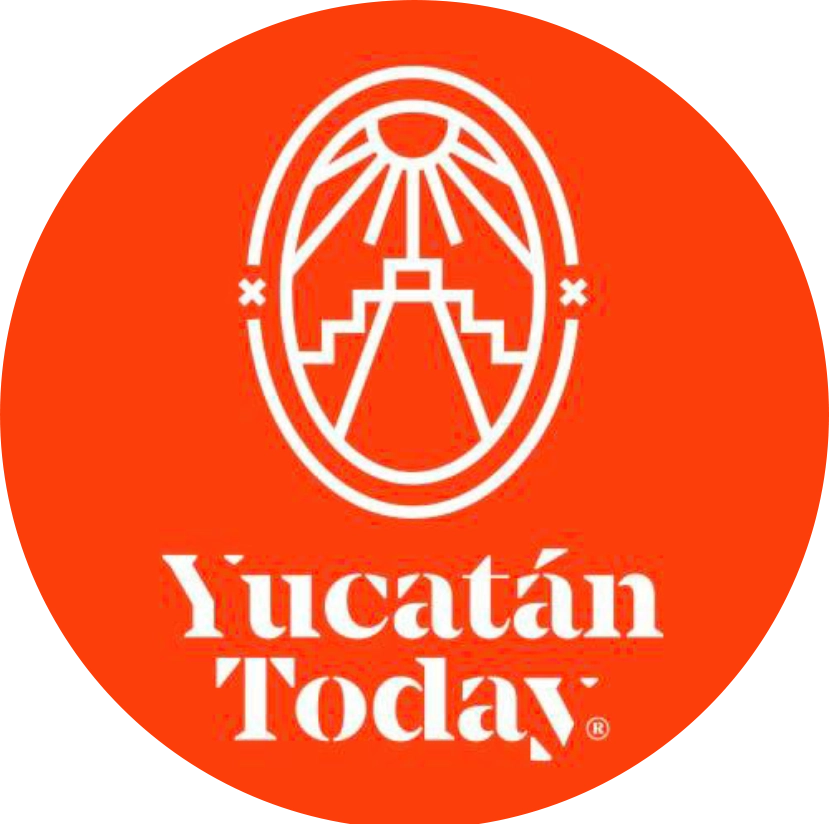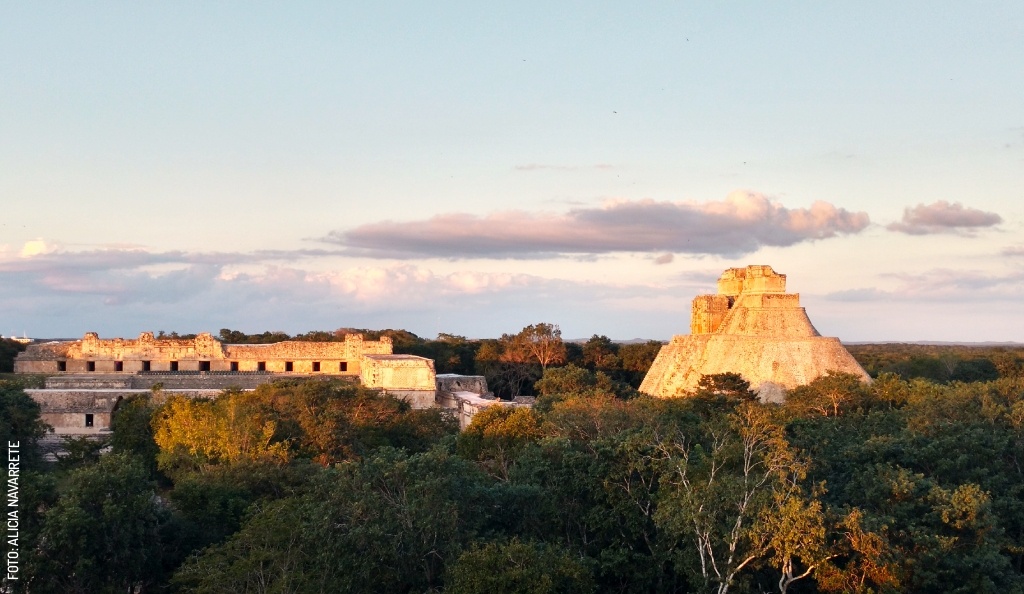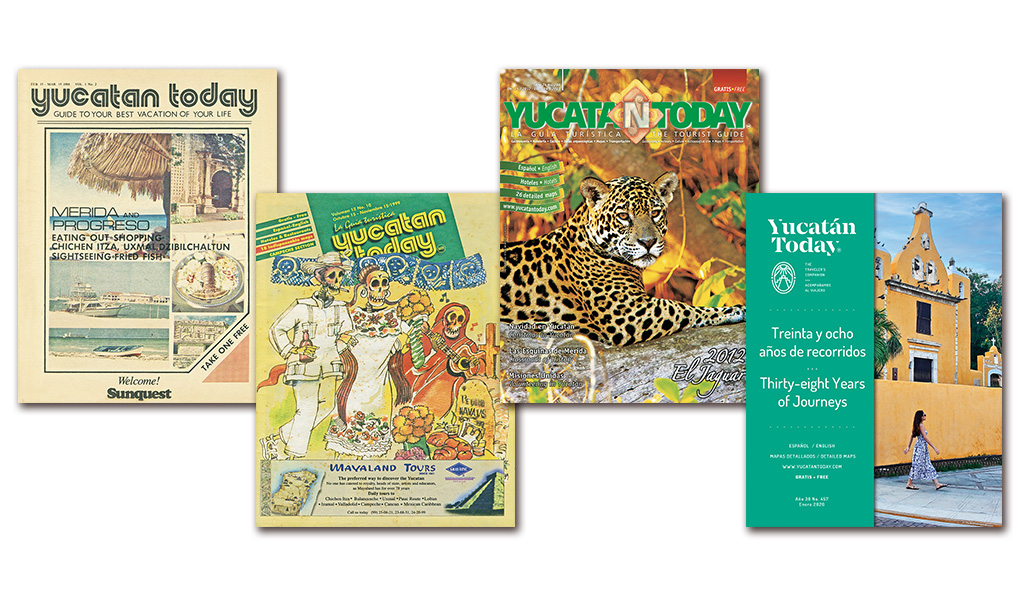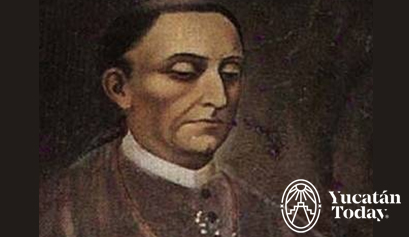Many Maya did not embrace the new religion, and in many cases continued to worship their own gods and idols. Diego de Landa chose a route of physical aggression and abuse, which was even seen as excessive by other Catholic Church members. In 1562 he ordered an inquisition in Maní, burning at least 40 Maya codices. Dozens of Maya nobles and commoners were put in jail, interrogated, and tortured. The violence was such that many Maya escaped into the forests to avoid the extreme abuse.
Diego de Landa is believed to have said: “We found a large number of books, and as they contained nothing in which were not to be seen as superstition and lies of the devil, we burned them all, which they (the Maya) regretted to an amazing degree, and which caused them much affliction”.
Fray Diego de Landa is famously known for his book “Relación de las Cosas de Yucatán,” written in 1566. It is speculated that he eventually repented of his cruelty and destruction of the Maya people and their codices, and decided to write their history himself. The book is widely considered to be a complete and accurate summary of the Maya and their culture, religion, and way of life. His intimate knowledge of the people and villages allowed him to describe their social organization and daily life in a way that no one else could do. He wrote about their history, architecture, language, writing system, and, ironically, about the cruel treatment by the Spanish conquerors; and he even wrote, with some attempt at justification, about the Spanish friars’ methods in the conversion of the Maya to Catholicism.
Most ironically, some scholars believe that it is partly because of Fray Diego de Landa’s attempts to destroy Maya culture that it had the opposite effect, and has survived to this day.
Fray Diego de Landa died in Mérida in 1579.

Author: Yucatán Today
Yucatán Today, the traveler's companion, has been covering Yucatán’s destinations, culture, gastronomy, and things to do for 38 years. Available in English and Spanish, it’s been featured in countless travel guides due to the quality of its content.
¡Receive the latest articles and much more from the best of Yucatán in your email!
Related articles

A Getaway to Uxmal and its surroundings in two days
Explore Uxmal & the Puuc Route: Mayan wonders, Choco-Story, and Luis May's Mayan blue. 1-2 day Yucatan itinerary. #Uxmal #RutaPuuc #MayanRuins...
Thirty-eight years exploring Yucatán
Discover the heart of Yucatan with Yucatan Today. 38 years as your local guide to culture, travel, and food. Your adventure starts here!





